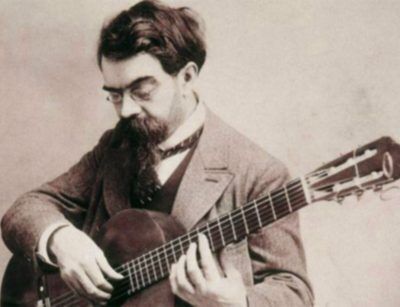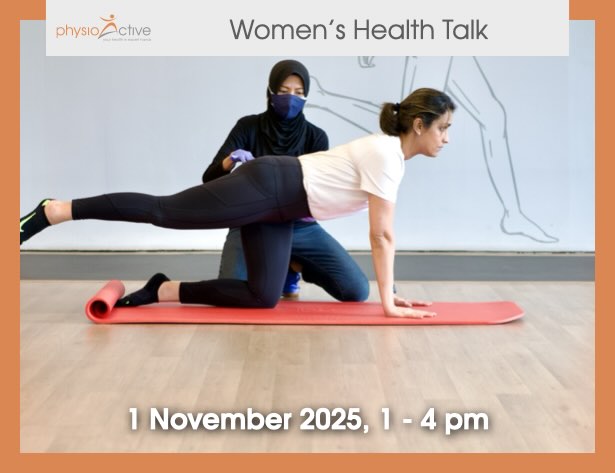Prelude
Injury to musicians is something that we are not familiar with. The term injury is almost always synonymous with an incident such as a fall or accident. In fact, often times we associate injuries with sports. During college, my final project was to analyze the risk of injury to a drummer. The case study was blatantly rejected by my lecturer with the reason: “Musician? How could they possibly get injured? ” At that time I could only nod in agreement diplomatically. However while cycling home, curiosity got the better of me and I just couldn’t get the case study out of my mind. I should have looked into it then- but i didn’t such that my curiosity continues to haunt me until this moment.
Chorus
A little friend of mine named BB is a classical guitarist who continued his studies at the conservatory in Italy. He has been playing the guitar since an early age and as he grew older, he diligently increased his time to practices to perfect his pieces. The average classical guitar player like Barrios, Tarrega, and John Williams have the same posture. I observed that BB has that same posture since he started playing. Unfortunately this is the price he has to pay for being a guitarist – the high tendency of injuries due to poor posture.
From December 2014 to March 2015 he sustained an injury on his right thumb. The pain felt sharper especially when he plucked the top strings (number 4, 5, and 6). This led to a compromise in weaker sounds from the guitar. To eliminate this issue, BB adapted by advancing his hand forward so that in this posture the thumb moves vertically by force from the wrist. Keeping in mind, he practices 4-8 hours per day, 7 days a week, and for 4 years of college, or one can say, almost approximately his entire life; like a marathon runner training to reach sub 2 hour, BB practices for the same reason that is to be the best. This resulted in the diagnosis of “overuse injury“.
We chatted via telephone because this injury lingered for years. Despite undergoing several physiotherapy sessions in Italy and in Jakarta, Ultrasound therapy, deep tissue release, taping, and even muscle strengthening exercises, the pain still persisted.
Moreover, the dynamics of the song was disturbed, even though the description of the music is written clearly and accurately. Songs like Isaac Albeniz’s Asturias, for example — the guitarist’s fingers were asked to “run a sprint” in the first 90 seconds with the sign of the song Pianissimo (pp), which means very soft. Do not forget the crescendo and decrescendo features. The fingers of a guitarist continues to move fully with changes in volume, speed, and precision. For BB, the thumb continues to move up and down because in these song he will use the upper strings as the main melody. Naturally, the chances of the overuse injury occured.
Coda
What happened? Our tendons are muscular hooks to our bones that are able to withstand high traction. Blood flow in this structure is lower than in muscle. Literature reveals that circulation can be increased if physical activity increases. In addition, tendons also have a lot of nerve tissue. Thus, its function is very important for proprioception (body position) and nociception (pain). The meeting between muscles and tendons is called Myotendon Junction or MTJ. It is in this position that the tension on an assignment rises and injuries often occur.

In overuse injuries that are felt by BB, the location is here. After our last contact, BB has not yet lost his musical passion. But this injury still exists. Our last message is to try to modify the playing technique by putting his hand sideways, and more horizontally. With this the hope is to activate the adductor pollicis muscle as a whole. Is this injury categorized as De Quervain’s Syndrome? Maybe. What do you think? Write your comment in the comments column below!




